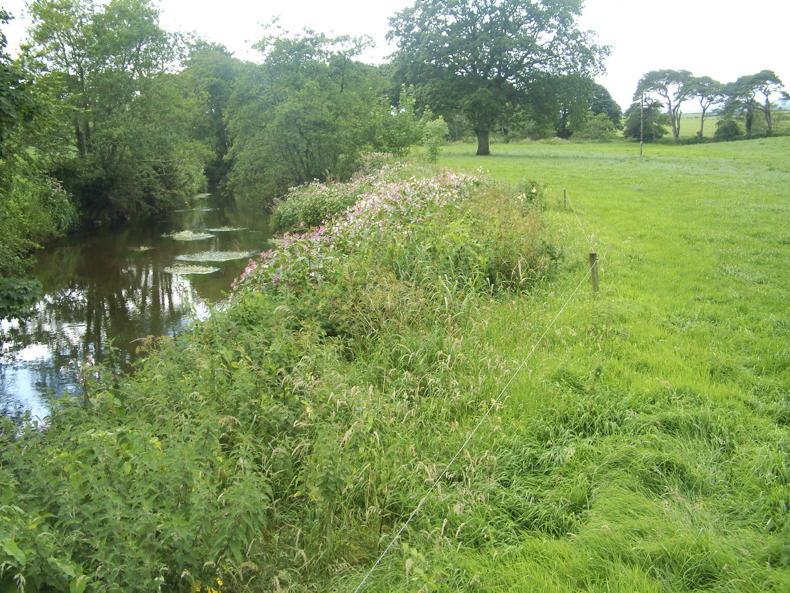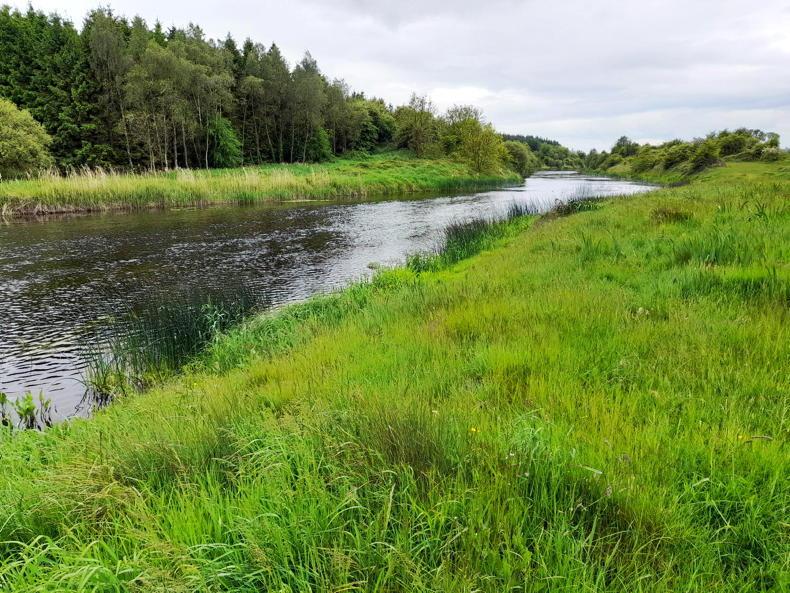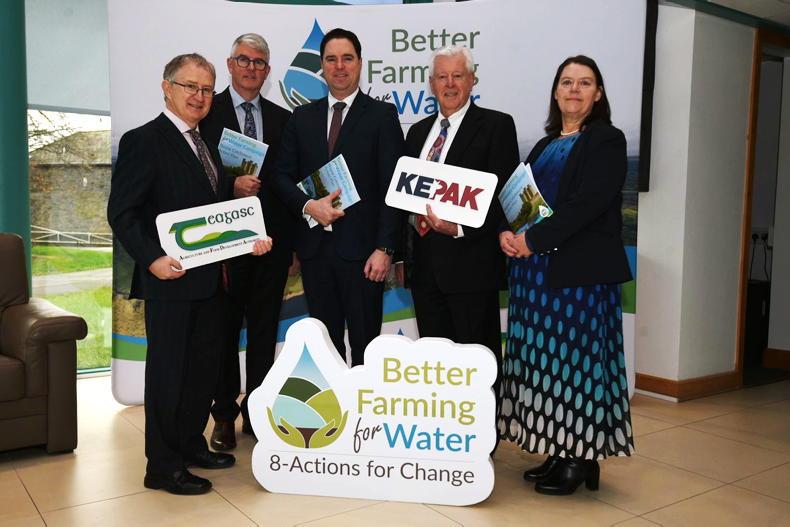Agriculture is just one of the human activities that puts pressure on Ireland’s water quality. However, it is the largest pressure on water quality in Ireland as it is the largest land use in the country.
Water quality is affected by diffuse nitrogen (N), phosphorous (P), sediment losses, point source losses, pesticides and toxicity and ammonium losses.
How does agriculture contribute?
The utilisation of soil and the addition of fertilisers and pesticides leads to the losses of nutrients, sediment and pesticides to waters. Inputs need to be carefully managed and farming practices that are appropriate to each individual farm and weather conditions should be used.
N and P are key nutrient inputs into grassland and tillage systems and can contribute to poor water quality if not managed correctly.
P loss typically occurs on soils that have low permeability. These are heavy, poor-draining soils with a high clay content, which quickly get saturated from rainfall.
This leads to water remaining on the surface of the soil, which then becomes overland flow of water. This overland flow of water across fields brings P available to plants in soluble form from fertiliser application.
It also washes off soil particles that have P attached to them.
P binds tightly to soil particles, and then the soluble P and soil particles can be washed into the drainage network and streams on the farm.
N loss usually occurs on soils that have high permeability. These are lighter, free-draining soils with a high sand content. Water permeates quickly through these soils.
When excess N fertiliser is applied, this N is not utilised and is left in the soil. N in the soil is also naturally mineralised, especially in autumn, and this needs careful management to minimise N losses.
Unlike P, N does not bind to the soil tightly and, therefore, when rainfall is heavy, the water leaches N into groundwater and other watercourses.










SHARING OPTIONS